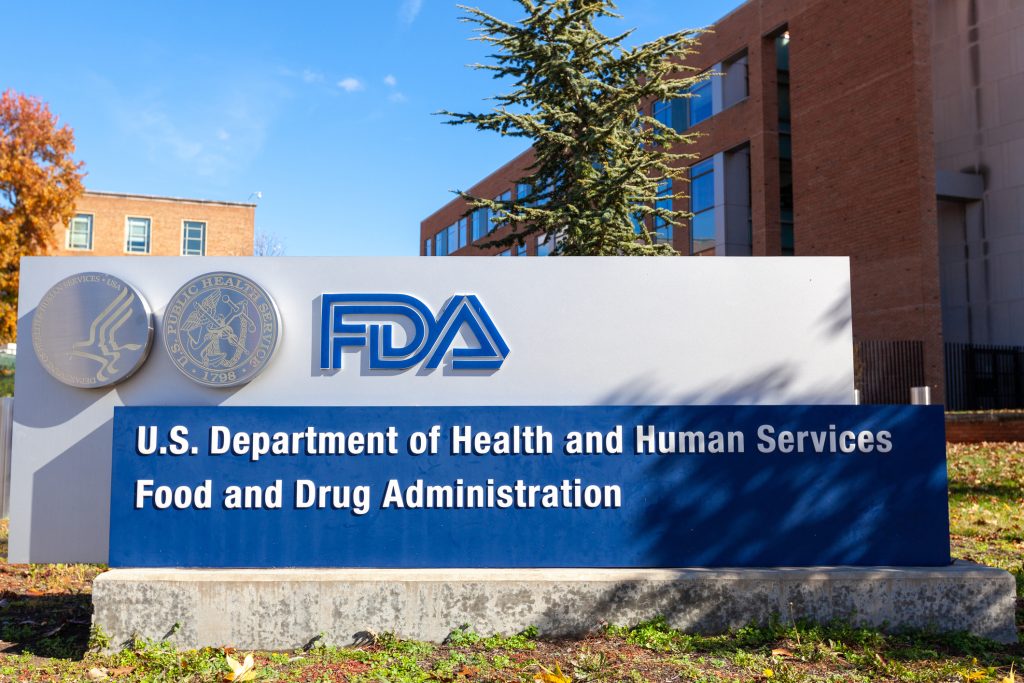
Responding to an FDA 483 or an FDA Warning Letter
Responding to an FDA 483 or an FDA Warning Letter
What is the Difference Between an FDA 483 vs. an FDA Warning Letter?
An FDA 483 form is a report on observed non-compliance during an FDA inspection. 483s are issued by the inspector as a result of paperwork or actions that do not meet the standards of either 21 CFR 117 (FSMA), or other sections within the food code. If there are no findings during an inspection, you will not receive anything at the closing meeting, and will only get a summary of the inspection several months later.

Results of any regulatory inspection, should be reported to senior management, especially if the government inspector issues a 483 form, even if the issues do not rise to the level of requiring Senior Management actions.
A warning letter is different from a 483 in that it is generally associated with either critical and very significant food safety violations that would cause food to be adulterated (illegal or contaminated).
Common reasons facilities receive FDA warning letters are:
- The FDA has conducted several inspections leading to the conclusion that the facility is not willing to comply with requests or demands made by the FDA.
- Corrective actions taken by a facility after receiving a 483 form have been deemed insufficient by the FDA.
An FDA 483 finding report following an inspection and an FDA warning letter are serious and should be addressed as quickly as is feasible.
An FDA warning letter can do lasting damage to a brand because:
- FDA warning letters are publicly available, and the public visibility of them usually supersedes any other marketing by the company for browser searches.
- Many retailers monitor FDA warning letters as part of their supplier approval program, and they will not do business with a company until the issue is resolved.
- A warning letter may be the first step in transferring jurisdiction from the FDA to law enforcement agencies with the power to cease operations.
Warning letters should be treated as an immediate threat to the business and it is advised to seek legal advice in addressing concerns found in the letter.
What Type of Information Should be Included with the 483 Response or Warning Letter Response?
For both 483s and warning letters, they are expected to be resolved through root cause analysis, correction (during the visit or shortly thereafter), corrective actions, and preventive actions to assure they do not occur in the future. If the findings are facility related, photos of before and after are helpful when submitting the corrective actions.
For warning letters, the findings are generally significant in number and severity, so significant capital expenditures to address the problems may be necessary. It is highly recommended an attorney reviews or drafts your response prior to sending it to the FDA.
What is the Timeframe I Have to Respond to an FDA 483 Letter or FDA Warning Letter?
For either 483 findings or warning letters, the communication from the FDA includes expected response dates and how to submit your response. For any communication with the FDA following these communications, the employee tasked with the response should not be argumentative or dismissive and instead should take prompt steps to address the findings and present evidence that FDA findings have been corrected in such a way that assures it will not happen in the future. It is very important to communicate with the FDA in the expected timeframe.
The FDA re-inspection following such communication will address those findings and include confirmation by the inspector(s) that any actions communicated to the FDA are received. It is not uncommon that companies will not hear back from the FDA following the FDA’s receipt of corrective actions.
Can I use a Consultant to Help me With my FDA 483 Response or FDA Warning Letter Response?
Responses to the FDA can come from any contracted party, including, but not limited to, a consultant or a lawyer. No matter who crafts the response, it is important that the information communicated to the FDA is authentic, complete, and accurate.
Kellerman Consulting has helped many food industry companies respond to FDA 483 reports and FDA warning letters.
What is an FDA Warning Letter Close-Out Letter?
Typically, the FDA will re-inspect a facility to verify that all corrective actions are in place after they receive a root cause analysis, correction, corrective action and preventive action from the company addressing the findings of a warning letter.
Upon re-inspection, if the FDA inspector deems that corrective actions are in place, then they will issue a close-out letter that generally does not include an assessment of the actions, only that the FDA has received sufficient evidence to consider the issue closed until the next inspection.
Questions about Food Safety Consulting Costs, Timelines, Requirements?
Contact us for a free consultation.






